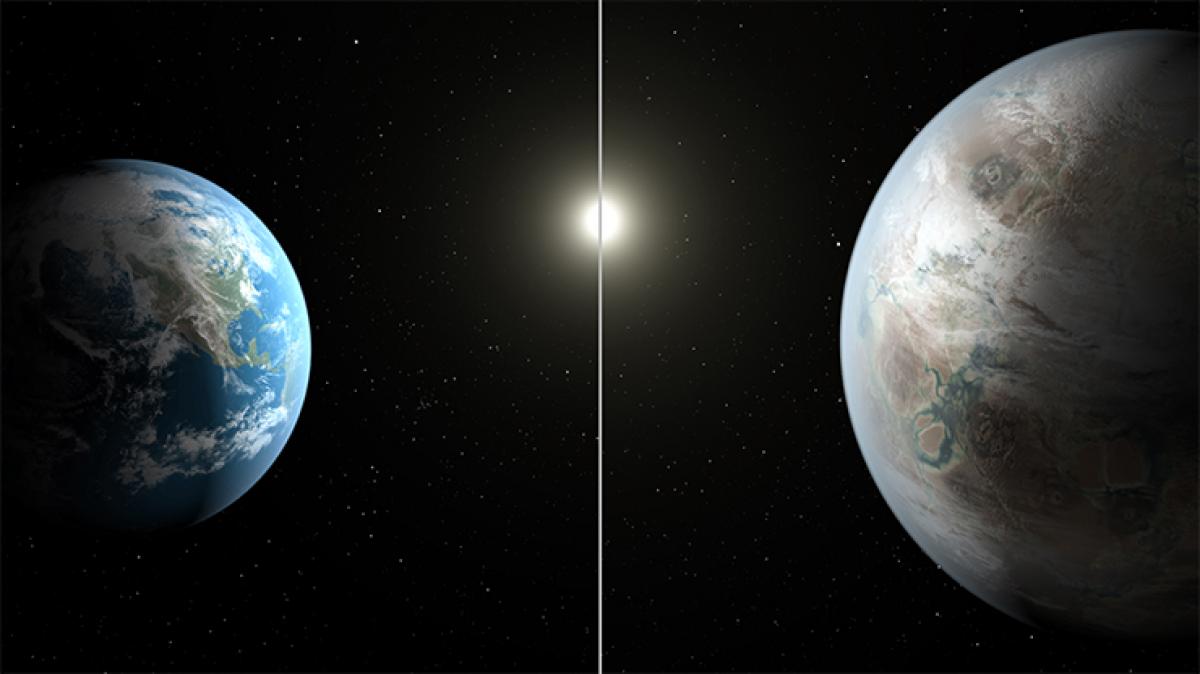Live
- ‘Dilruba’ team comes with first single ‘Aggipulle’ unveiled
- Legal drama ‘Court - State vs A Nobody’ set for March release
- Priyadarshi’s ‘Premante’ gets announced with grand launch
- Minister Jupally Reviews Rythu Bharosa Scheme Implementation in Nizamabad
- Wanaparthy collector reviews on survey of welfare schemes
- NDRF, NDA always come to rescue in case of disasters
- ‘Bhairavam’ teaser is just around the corner
- ‘Shiva Sambho’ blends culture and devotion in Telugu cinema
- Akash Jagannadh extends generous support to veteran Actress Pavala Syamala
- 'Attack' on Kejriwal: Atishi claims BJP wants to harm ex-CM, Parvesh hits back





.jpg)




